Musicians injuries
Especially related to violin and viola playing
How to overcome and prevent them
That of musicians injuries is becoming more and more a hot topic: you can find a lot of articles, books, specialists and doctors. They are considered a type of "repetitive strain injuries" (RSI), similar to those caused by the use of the computer or some sports.
Many famous violinists and other instruments players have to cancel concerts because of some injuries related to their playing. Read about Maxim Vengerov, Hilary Hahn and Janine Jansen, just to name a few.
Nowadays everybody is well aware of this issue, there are even clinics and doctors specialized in musicians' injuries. They may cure the symptoms but they don't really go into the details of answering the question how can a musician eliminate and prevent injuries while playing? instead of doing exercises when at rest?
Eliminating the causes of musicians injuries improves your playing
An interesting side effect of eliminating the causes of musicians injuries is that it improves your playing in many ways:
- it improves the quality of your tone
- it improves your ease of playing
- it eliminates stage fright.
How I've learned about
musicians injuries
I'm a musician myself and I'll share with you what I've learned about injuries related to string playing, particularly violin and viola. However, the causes
of injuries and their cures are similar for most instruments players.
I've learned this from a musician, the person who was the first to talk about musicians injuries and stage fright, who has done a lifetime study of this problem and developed a solution, a way to play that doesn't cause injuries. This is the former child prodigy violinist Kato Havas, click the link to read more about her and the books she wrote about this. Back then, those books were ahead of their time, nobody spoke about physical injuries caused by playing an instrument.
I myself did suffer from aches and pains, mainly in my neck and thumbs, although I never had any serious injury because I would stop playing as soon as I felt physically uncomfortable. Back then, before my "conversion", playing was much harder and I used to be very nervous (the two things are connected).
Types of musicians injuries in violinists and violists
Any player can suffer from musician's injuries: beginners or advanced players, amateurs or professionals. However, for advanced students and professionals suffering from a tendonitis or other injuries is a serious problem.
Violin and viola players suffer from
different types and level of injuries: from a mild pain to a serious
one that even prevents most movements. Without going into details about
scientific names, here they are. The most common discomfort is back pain. Violin and viola players often lament also the following:
- pain in the back of their neck,
on the left side, and left shoulder caused by a tight violin hold and more by the viola hold. I
met players who had even developed problems in their jaws and teeth because of their
terribly tight violin hold. You can spot players with a tight violin hold by the callus under their left jaw. Violin hold also makes the player to hunch the left shoulder, causing pain there and in the whole left arm
- the second most common pain is in right, left or both thumbs. This is caused by squeezing the left hand especially when playing chords and in the the right hand by playing fast and gripping the bow stick with the fingers to hold it tight (for "safety") when playing fast and trying to play loud
- pain inside either the right or left wrist, or both, the carpal tunnel
- pain in the right elbow, (so-called "tennis elbow") caused by a tight bow hold
- pain in the right shoulder (that can even become a "frozen shoulder"), often caused by hunching the right shoulder or by a tight bow hold or bow grip
- pain in the left little finger that even gets stuck (trigger finger), impossible to move, due to extreme tension in the little finger and in the hand
and other types of pain and injuries, because every person is different and reacts differently.

Musicians injuries can put an end to a career
Professionals are more at risk...
Professional players and serious students are more at risk because they spend many hours a day, every day, playing their instruments, often playing very fast and demanding passages.
...yet professionals can't afford injuries
An amateur violin player can afford to rest and recover, or give up playing altogether, even if reluctantly.
But if you are a professional and have to make your leaving from performing an instrument you don't have this luxury. For this reason, professionals often don't say anything about their problem and keep playing despite the pain. They could miss jobs and money if they don't play.
Maybe
they ask their doctor, they take painkillers or cortisone injections,
just to be able to keep doing their professional activity, while some even undergo surgery. However, this doesn't tackle the cause of the injury and I've met players who gave up playing altogether after surgery because they still had the same problem.
Having musicians' injuries doesn't mean you are a bad player
Suffering from musicians'
injuries doesn't mean you are a bad player. Even very good performers get injured and have
to stop playing, at least for some time, if they can afford it. Many don't talk about this
publicly because they feel for them it would be like admitting that there is
something wrong in what they do, despite playing beautifully.
An exception to this, because he didn't keep it secret, and a famous example of a career ended by an
injury, was the viola player and pioneer Lionel
Tertis
who eventually stopped playing because of a bursitis in his right arm.
He had been playing a very large viola for many years and wasn't a big
man, so this strain had caused him great suffering.
Causes of musician's
injuries
A bit of anatomy
To understand how we get injured, we need to know something about how
our body works, especially hands and arms for us string players. Our
body is our instrument, all the rest is an accessory. Many players take
almost more care with their violin, viola or other instrument than with their own bodies. They pay attention to the slightest extraneous
noise in the instrument and then don't listen to their body: if there is pain, it is your body telling you that you are doing something that it doesn't like, it's not good for it. So, stop doing it.
Tendons are like an electric wire
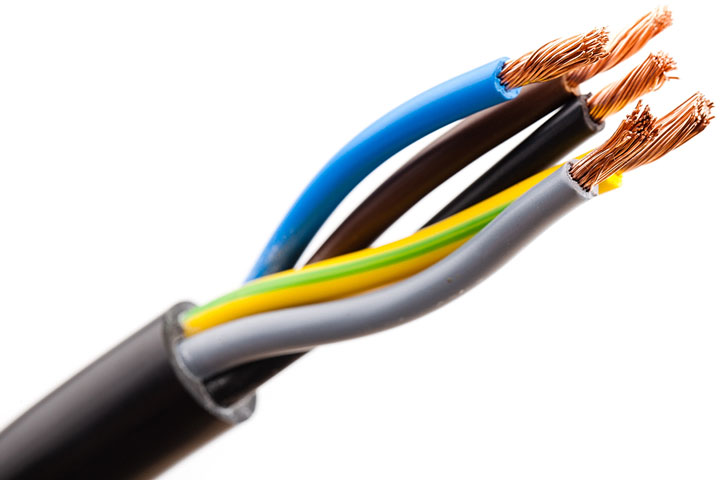
Photo by electric-wire-and-cable.regionaldirectory.us
Have you ever seen an electric wire? Copper is surrounded by a plastic sheath. In a similar way, our tendons are surrounded by a sheath, and run inside it. This allows a smooth movement. When you hold something tight, this sheath squezes around the tendon to produce a solid grip, like when you need to carry a weight.
When playing, if you squeze this sheath around the tendons by holding the bow tight and gripping with the left hand especially to play chords, and at the same time make a lot of fast movements, the tendons running inside their tightened sheath will cause a lot of friction and if you do this for long enough it will cause inflammation, pain and more serious problems.
It seems just logical to me.
Is there a solution to violin and viola players' aches & pains and injuries?
|
If you want to learn more about how to eliminate and prevent musicians injuries and improve your playing, read more about the Havas New Approach, a pioneer way of addressing and solving these issues, with videos, read the violin and viola books I recommend, watch the teaching DVD and see my coaching programme. |
Go from musicians injuries to Kato Havas



Havas New Approach
Teaching DVD
on the causes and cures of physical injuries in violin and viola playing
With detailed exercises on the release of tension and performance anxiety
Recommended readings
Some comments about my viola and violin teaching from my pupils
Recommended readings to eliminate physical injuries and stage fright
Click on them to read each book's description
I translated them into Italian, you can see them here
Stage fright
Its causes and cures
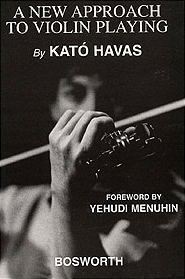
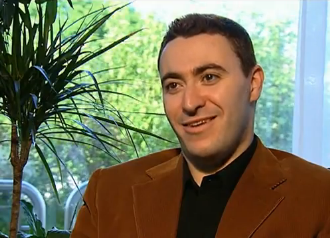
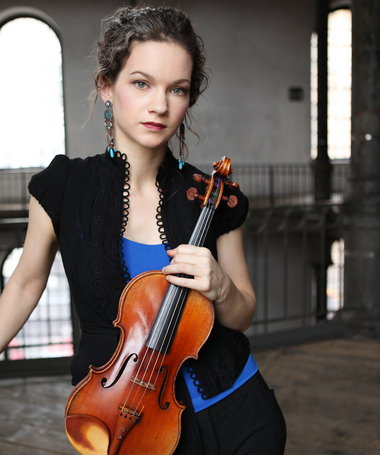
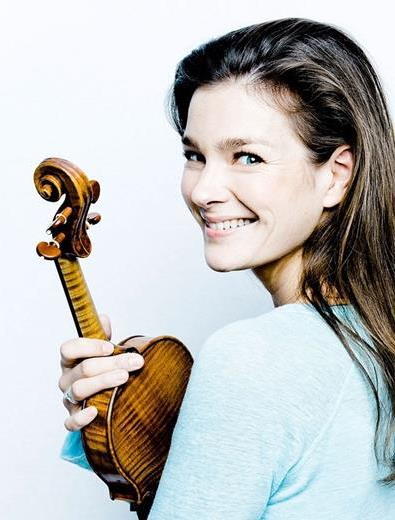
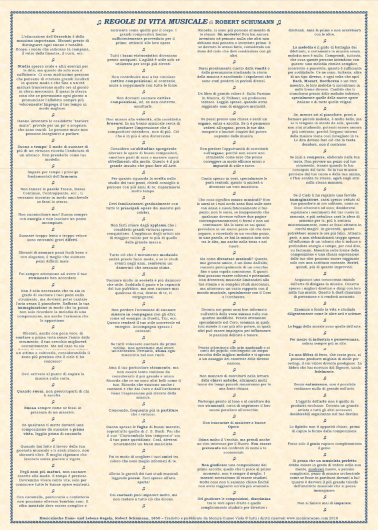
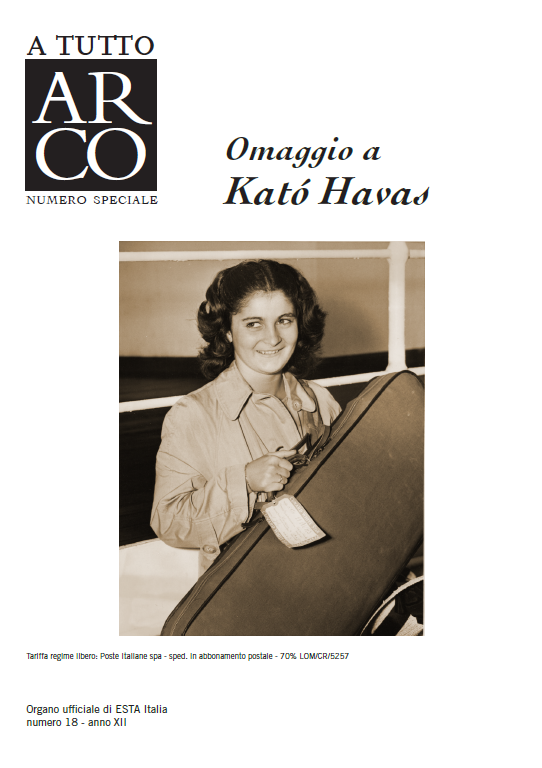
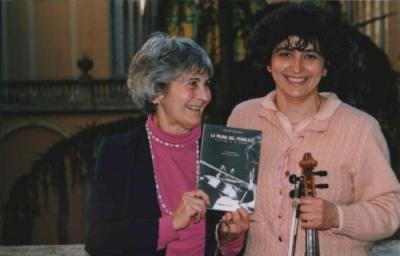



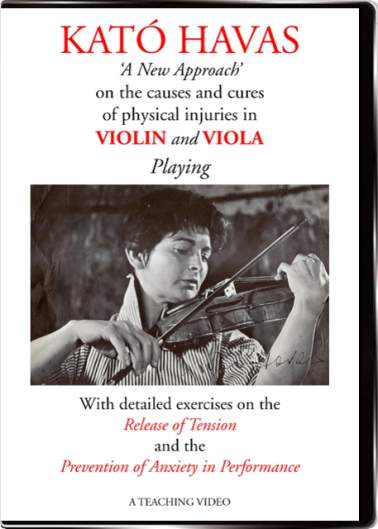
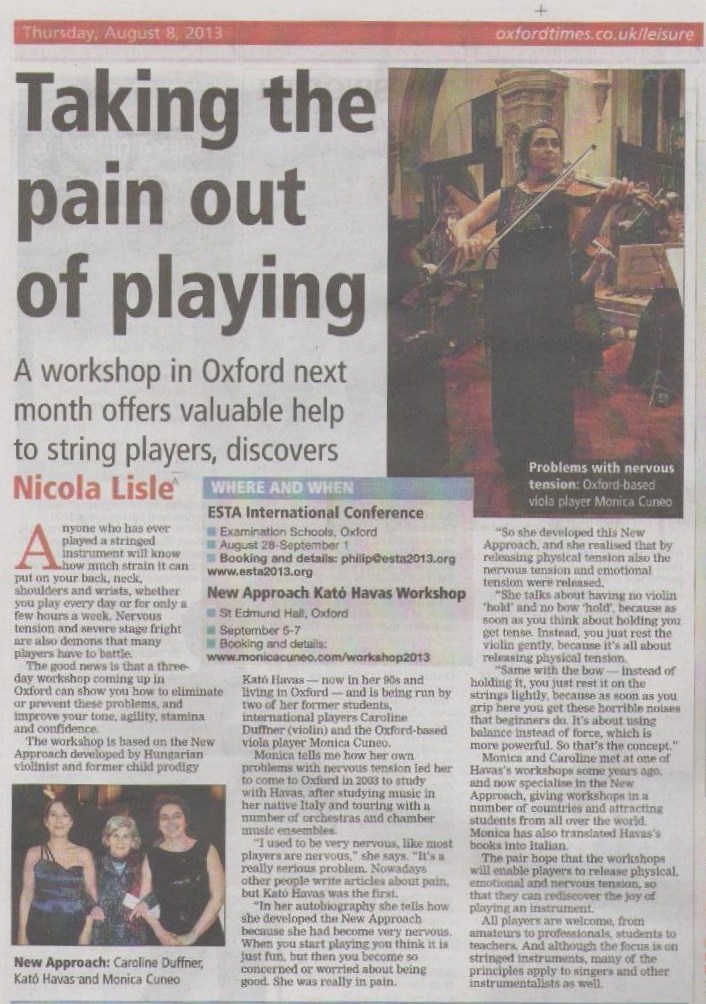
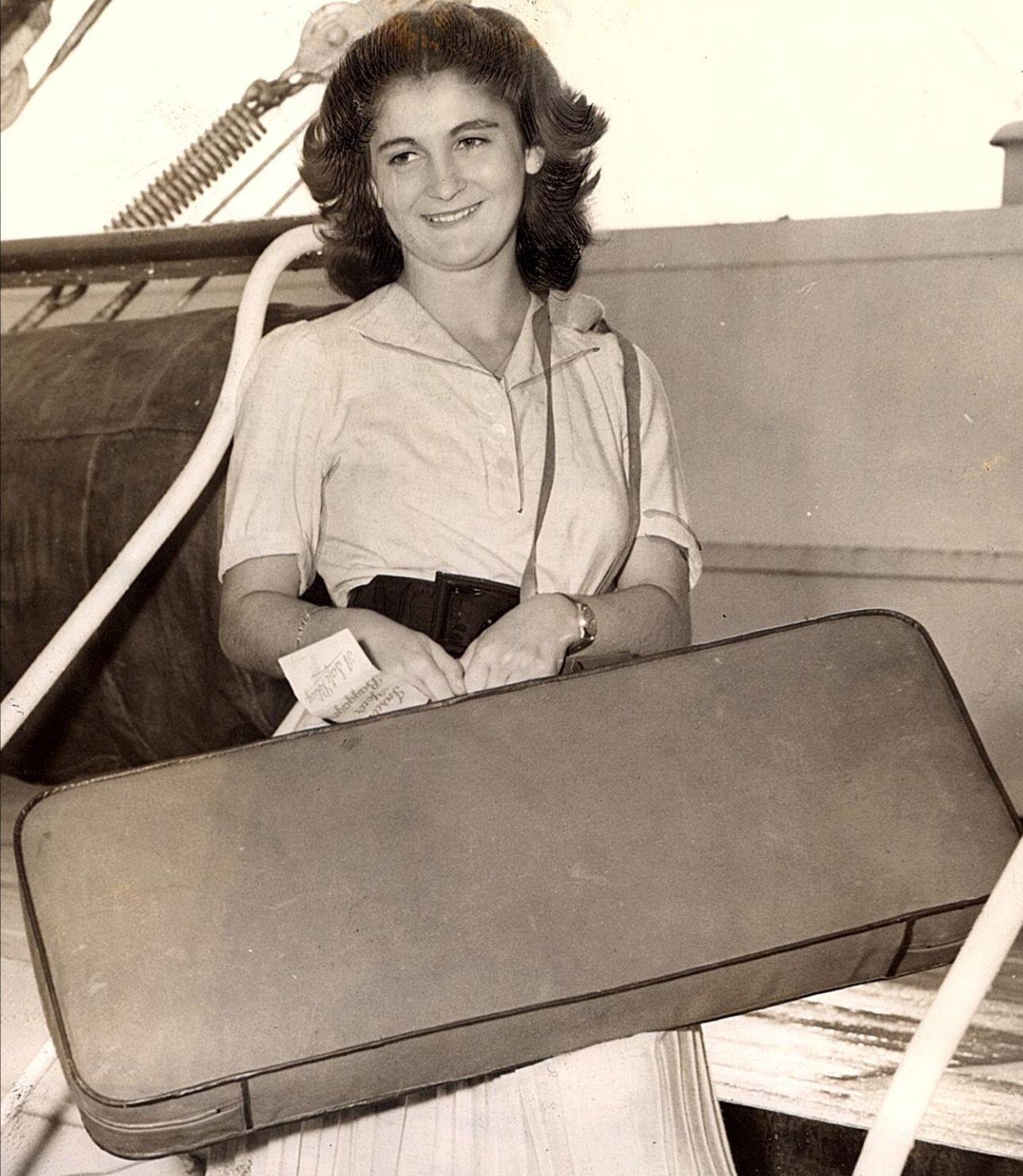
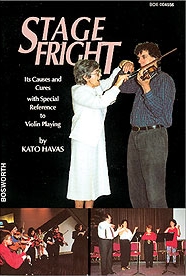
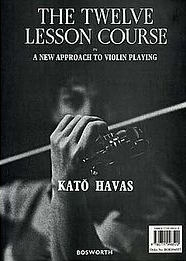
New! Commenti
Cosa ne pensi? Lascia il tuo commento qui sotto e condividi la pagina!Have your say about what you just read! Leave me a comment in the box below.